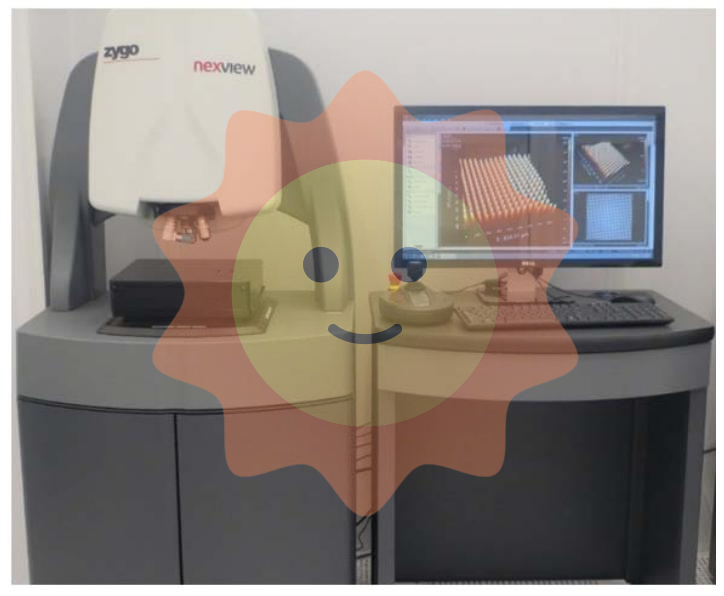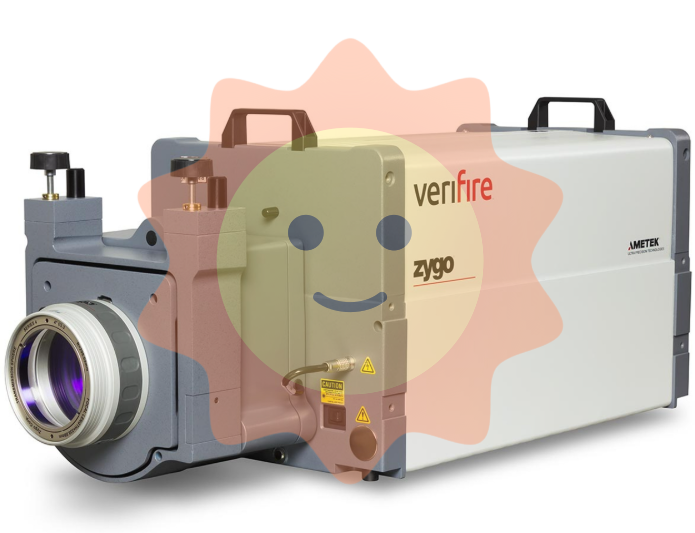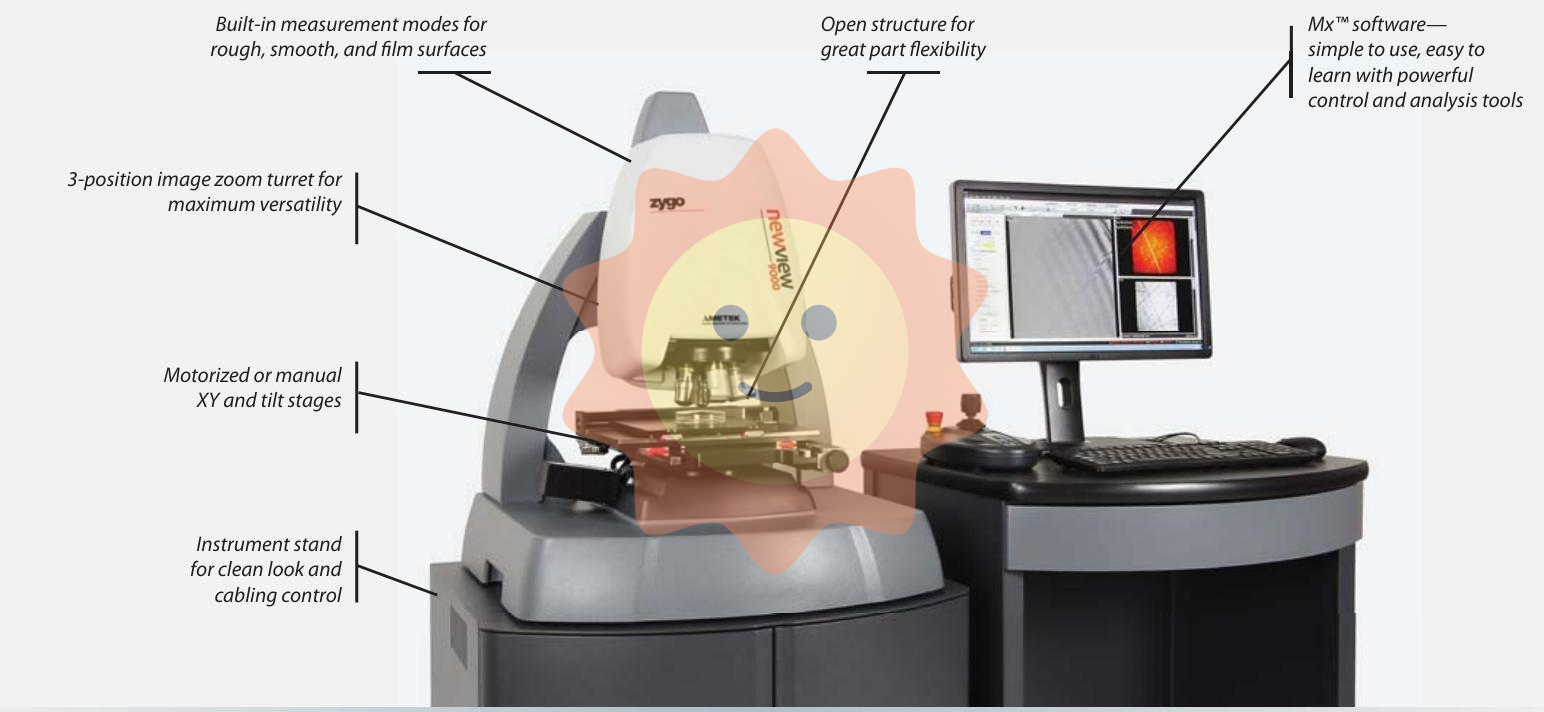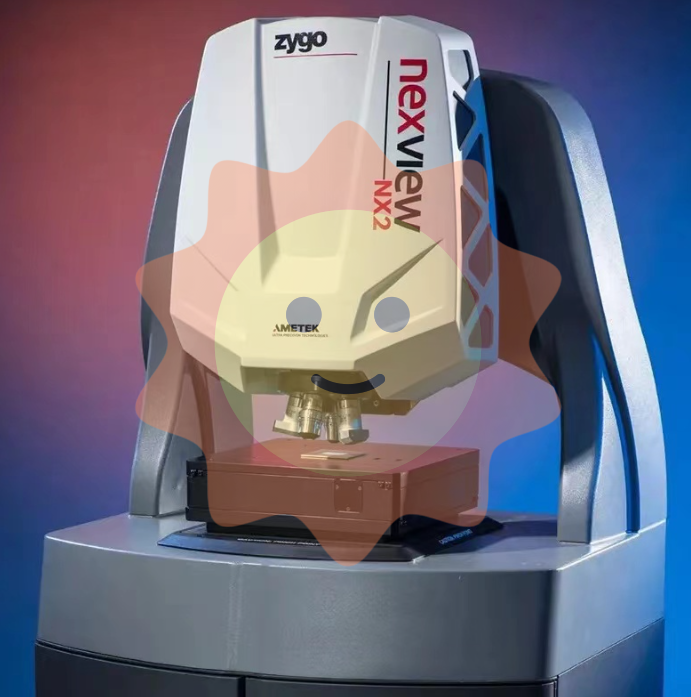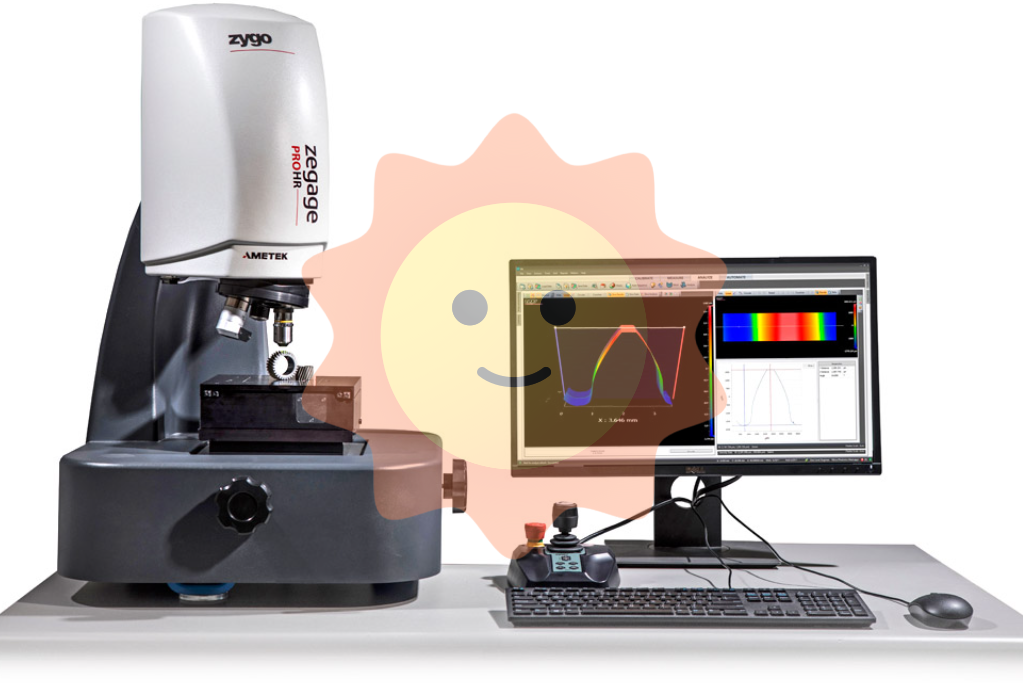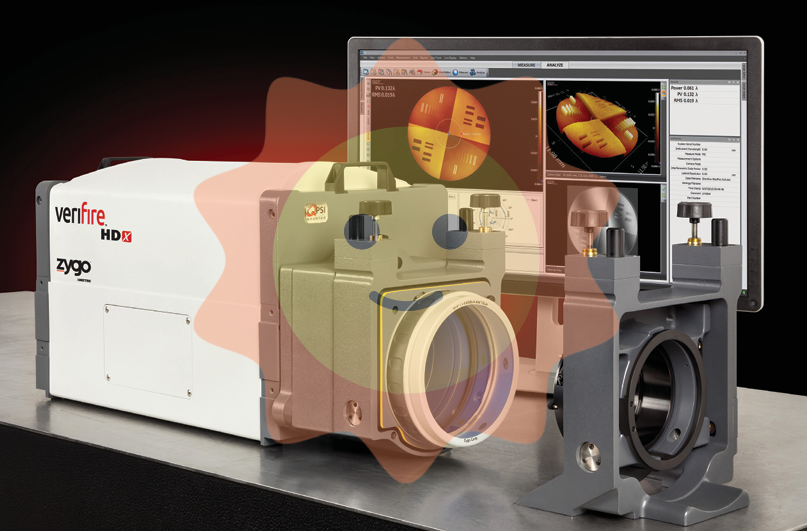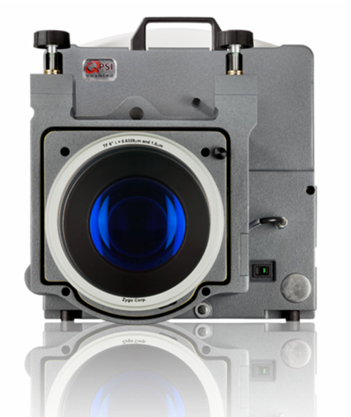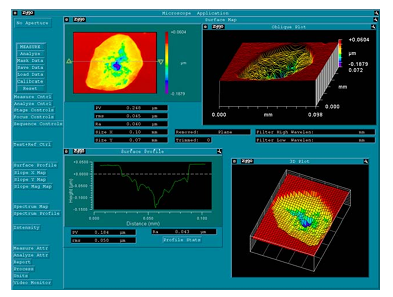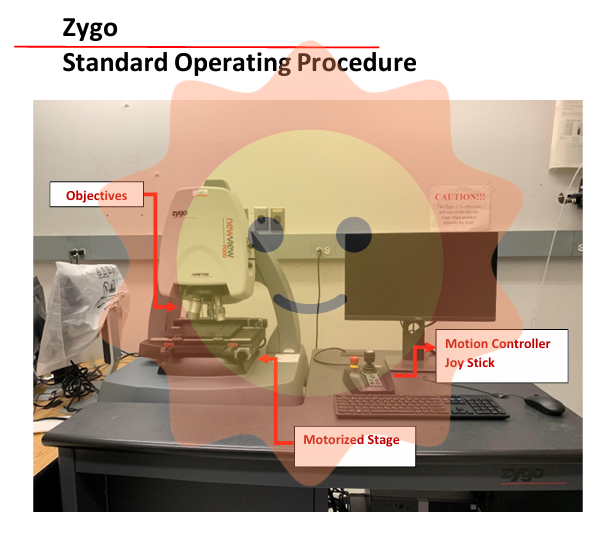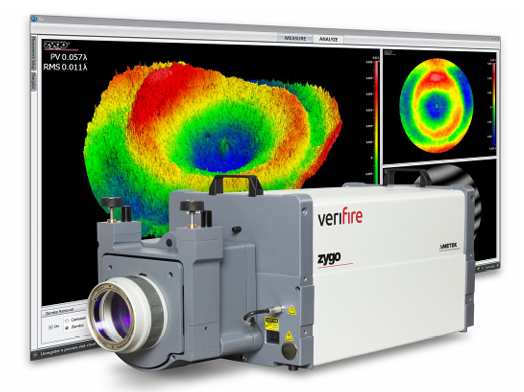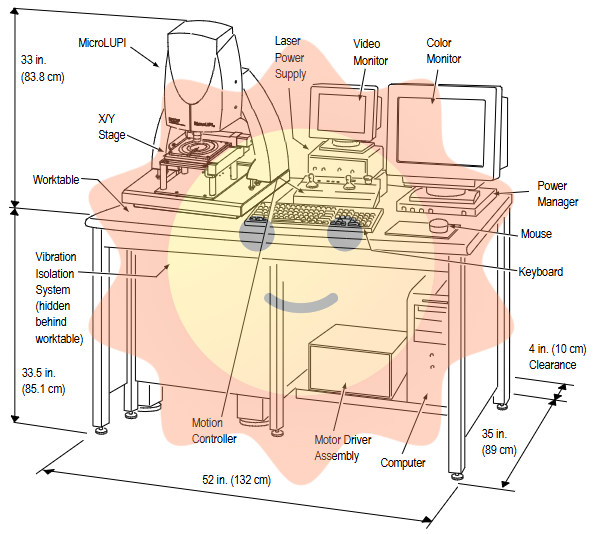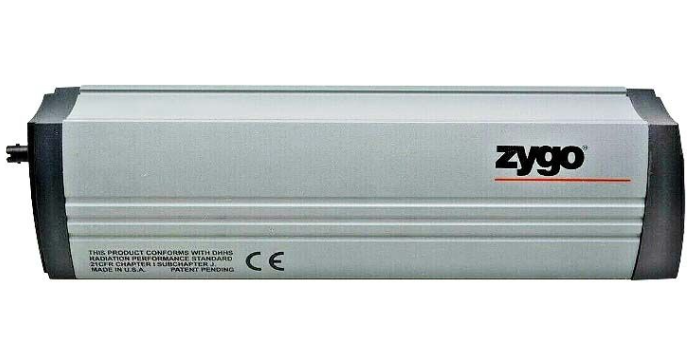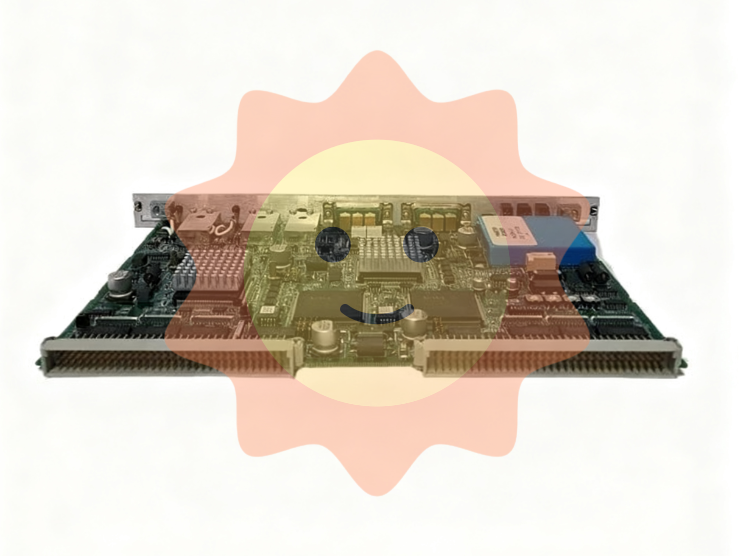ABB SCYC51090 58053899E control module is a specialized control unit developed by ABB for industrial process control and precision equipment drive. "SCYC51090" is the module series and functional identification, and "58053899E" is the product specific material code, belonging to ABB's low-voltage industrial control and automation product system. Its core function is to receive input signals from upper computers or sensors, perform data calculations and logical judgments through built-in control algorithms (such as PID regulation and logic interlocking), output precise control signals to drive actuators (such as valves, motors, and frequency converters), and have the ability to monitor states and diagnose faults. It is widely used in process industries, intelligent manufacturing, energy management, and other scenarios, providing stable and efficient control solutions for closed-loop control and collaborative operation of small and medium-sized industrial equipment.
ABB SCYC51090 58053899E Control Module
Product core positioning
ABB SCYC51090 58053899E control module is a specialized control unit developed by ABB for industrial process control and precision equipment drive. "SCYC51090" is the module series and functional identification, and "58053899E" is the product specific material code, belonging to ABB's low-voltage industrial control and automation product system. Its core function is to receive input signals from upper computers or sensors, perform data calculations and logical judgments through built-in control algorithms (such as PID regulation and logic interlocking), output precise control signals to drive actuators (such as valves, motors, and frequency converters), and have the ability to monitor states and diagnose faults. It is widely used in process industries, intelligent manufacturing, energy management, and other scenarios, providing stable and efficient control solutions for closed-loop control and collaborative operation of small and medium-sized industrial equipment.
Key technical parameters
1. Control and signal parameters
Control channel configuration: includes 4 analog inputs (AI), 2 analog outputs (AO), 8 digital inputs (DI), and 4 digital outputs (DO), supporting collaborative processing of multiple types of signals to meet composite control requirements.
Analog input: Suitable for 4-20mA current signals, 0-10V voltage signals, with a resolution of 16 bits, measurement accuracy of ± 0.05%, sampling rate of 50Hz, and can accurately collect continuous parameters such as temperature, pressure, and liquid level.
Analog output: Supports 4-20mA current signal, 0-10V voltage signal, output accuracy ± 0.1%, load capacity ≤ 500 Ω (current output), ≥ 1k Ω (voltage output), can drive regulating valves, frequency converters and other actuators.
Digital input: compatible with 24VDC wet/dry contact signals, response time ≤ 0.1ms, input impedance ≥ 10k Ω, suitable for switch devices such as proximity switches and limit switches.
Digital output: 24VDC transistor output, maximum output current of 2A per channel, with short-circuit protection function, can directly drive small relays, indicator lights, solenoid valves and other loads.
Control Algorithm: Built in standard PID control algorithm (supporting position based/incremental PID), logic interlock control (such as AND/OR/non logic, delayed triggering), ramp/step output control, customizable control logic can be implemented through software configuration to meet the control needs of different scenarios.
2. System and communication parameters
Communication interface: Equipped with one RS485 communication interface, compatible with Modbus RTU protocol, supporting communication with PLC, DCS, human-machine interface (HMI) and other devices, realizing control parameter uploading and remote command reception, communication rate can be adaptively adjusted between 9600~115200bit/s.
Parameter storage and backup: Built in EEPROM memory, can permanently save control parameters and configuration files, and data will not be lost after power failure; Support exporting/importing parameters through communication interfaces for batch device configuration and parameter backup.
3. Electrical and environmental parameters
Power supply characteristics: adopting 24VDC wide power supply (18~30VDC), working power consumption ≤ 8W, standby power consumption ≤ 2W, compatible with industrial site standard DC power supply, can share power circuit with sensors and actuators, simplifying system wiring.
Electromagnetic Compatibility (EMC): Compliant with the IEC 61000-6-2 industrial environment anti-interference standard, with an IP20 protection level, it can resist electromagnetic radiation and conducted interference generated by on-site motors and frequency converters, ensuring stable transmission of control signals.
Environmental adaptability: Working temperature range -25 ℃~70 ℃, storage temperature range -40 ℃~85 ℃, relative humidity 5%~95% (no condensation), can operate stably in harsh industrial environments such as high temperature, humidity, and dust, and adapt to complex site conditions such as chemical, mining, and manufacturing industries.
4. Physical and installation parameters
Size: 120mm in length, 80mm in width, and 40mm in height. It adopts a compact modular design with a small volume, saving installation space for control cabinets and facilitating dense layout.
Installation method: Supports 35mm DIN rail installation, fixed by snap fasteners, can be installed and disassembled without tools, and can be deployed side by side with ABB I/O modules, power modules, etc. to form a standardized control unit.
Core functions and features
Multi signal collaborative control capability: The module integrates analog and digital input and output channels, which can simultaneously handle continuous monitoring and switch control tasks without the need for additional dedicated I/O modules. For example, in small water treatment equipment, it is possible to collect water quality pH and flow signals through analog input, adjust the speed of the dosing pump through PID algorithm (analog output), and monitor the status of the water tank level switch through digital input. The inlet valve switch can be controlled through digital output to achieve integrated control and simplify the system architecture.
High precision PID regulation and flexible logic control: Built in 16 bit high-precision PID control algorithm, control cycle can be adjusted between 10ms~1s, steady-state error ≤ 0.1%, suitable for scenarios requiring precise closed-loop control such as temperature, pressure, liquid level, etc; At the same time, it supports custom logic control and can achieve device start stop interlock, fault interlock protection and other functions through software configuration. For example, when the temperature sensor fails, it automatically cuts off the power supply of the heating equipment to avoid equipment damage.
Comprehensive fault diagnosis and protection mechanism: equipped with multiple fault monitoring and protection functions, including:
Input signal fault diagnosis: When the analog input signal exceeds the range (such as 4-20mA signal below 3.5mA or above 22mA), the module issues a fault alarm and triggers preset protection actions (such as maintaining the current output value or switching to manual control).
Output circuit protection: The digital output circuit has short-circuit protection. When the load is short circuited, the output current is automatically cut off to avoid module damage; The analog output circuit is equipped with overcurrent protection. When the output current exceeds 120% of the rated value, the output is paused and an alarm is triggered.
Self state monitoring: Real time monitoring of module power supply voltage and internal temperature. When the power supply voltage is below 18VDC or above 30VDC and the internal temperature exceeds 75 ℃, a fault signal is sent and uploaded to the upper computer for timely handling by operation and maintenance personnel.
Convenient parameter configuration and remote monitoring: supports two ways to configure parameters: one is to set control parameters and PID parameters on-site through the module's built-in buttons and LED display screen (some models are equipped with); The second is to connect to a computer or HMI through an RS485 communication interface, and use ABB's dedicated configuration software (such as ABB Control Studio) to remotely configure parameters, monitor operating status, and view input and output signal values, control algorithm operation curves in real time, simplifying debugging and maintenance processes.
High compatibility and system scalability: The module is compatible with ABB AC 500 series PLC, PanelView series HMI and other devices, and can seamlessly integrate with existing automation systems; Simultaneously supporting multi module cascading, multiple SCYC51090 modules can be combined into a distributed control network through RS485 bus, supporting up to 32 module cascading, meeting the multi device collaborative control requirements of small and medium-sized production lines.
Typical application scenarios
1. Core application areas
Process industry
Temperature and pressure control of small-scale chemical reaction vessels, control of laboratory precision reaction devices
Collect temperature and pressure signals, adjust the heating/cooling device and stirring motor speed through PID algorithm, and achieve precise control of process parameters
Intelligent Manufacturing
Drive control of small production line equipment (such as speed adjustment of assembly line conveyor belt, temperature control of precision welding equipment)
Receive PLC instructions, control the speed of the conveyor belt frequency converter (analog output), monitor the status of the equipment limit switch (digital input), and achieve smooth operation of the production line
Energy Management
Small photovoltaic inverter auxiliary control, energy storage battery charging and discharging control
Collect the output current and voltage of the photovoltaic array (analog input), control the charging and discharging circuit switch (digital output), adjust the output power of the energy storage converter (analog output), and optimize energy utilization efficiency
Water treatment
Control of small-scale sewage treatment equipment (such as dosing system, aeration system control)
Collect water quality pH value and dissolved oxygen concentration (analog input), adjust the speed of the dosing pump and aeration fan through PID (analog output), monitor the water tank level (digital input), and control the inlet/outlet valve (digital output)
Food processing
Temperature control of food baking equipment and flow control of beverage filling equipment
Collect baking furnace temperature and filling flow signals (analog input), control heating tube power and filling pump speed (analog output), monitor equipment operation status (digital input), and ensure food processing quality
2. Example of System Integration
In a small food baking production line, the ABB SCYC51090 module serves as the core control unit to achieve precise temperature control of the baking furnace and coordinated operation of the production line
Analog input channel 1 collects baking furnace temperature sensor signals (4~20mA, corresponding to 0~300 ℃), and input channel 2 collects conveyor belt speed sensor signals (0~10V, corresponding to 0~5m/min);
The module uses a built-in PID algorithm to adjust the signal of analog output channel 1 (4-20mA) based on the deviation between the set temperature value (such as 200 ℃) and the actual temperature, and controls the output frequency of the heating tube frequency converter to achieve temperature closed-loop control. The steady-state temperature error is ≤± 1 ℃;
Digital input channels 1-2 monitor the status of limit switches at the feed and discharge ports. When there is material at the feed port, digital output channel 1 starts the conveyor motor; When the material accumulates at the discharge port, the digital output channel 2 stops the conveyor belt to avoid material overflow;
The module communicates with the workshop HMI through the RS485 interface, uploading real-time data such as temperature, conveyor belt speed, and equipment operation status. At the same time, it receives temperature setting values and start stop instructions issued by the HMI, achieving remote monitoring and operation.

- User name Member Level Quantity Specification Purchase Date
- Satisfaction :
-









Email:wang@kongjiangauto.com

